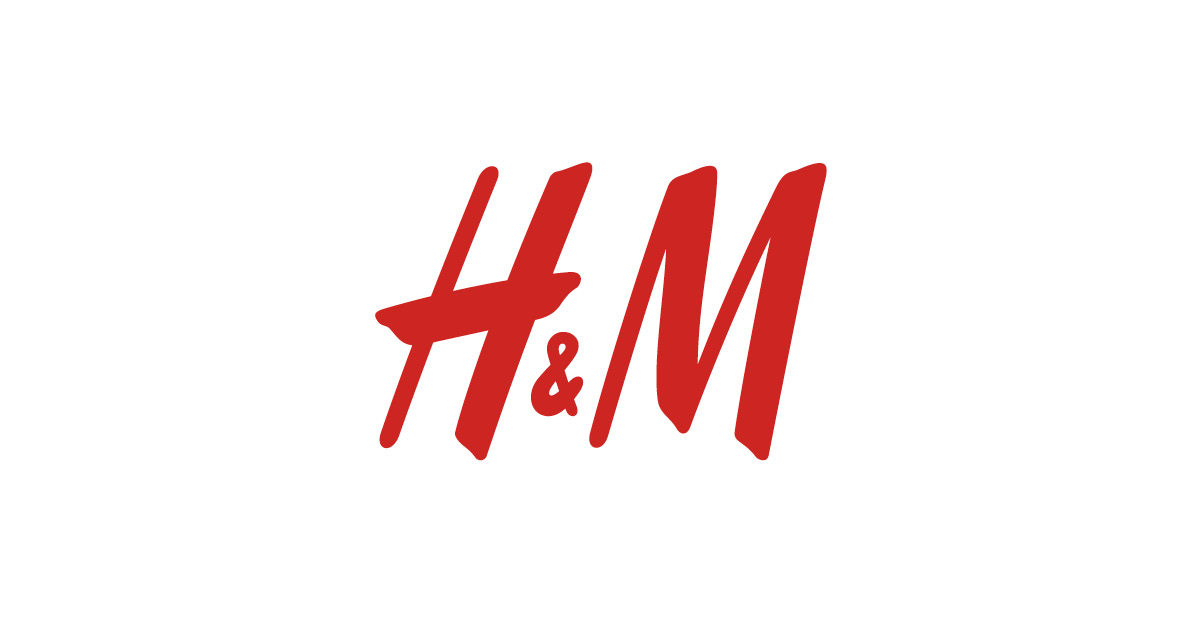Decoding the Mysterious “Mhm” in Kid Talk: A Supportive Guide for Modern Parents
Welcome, dear parents, to your friendly guide into the peculiar world of kids’ expressions, particularly the elusive “mhm”. As a modern-day parent, navigating the maze of non-verbal cues and monosyllabic responses from your children can be nothing short of perplexing! But fear not, because we’re here to illuminate the path and bring clarity to these conversational gems. Let’s jump right into the heart of our children’s communication styles and decode together what our kids are really saying with their “mhms,” shall we?
Why “Mhm” Is More Than Just a Sound?
Have you ever received a “mhm” in response to a question and found yourself completely baffled about its meaning? This tiny syllabic expression holds much more weight than you might imagine. It’s a seal of approval, a sign of acknowledgement, or even a subtle hint of indifference. Understanding the nuances of this sound can enhance communication with your children and bridge the gap between mere words and meaningful interaction.
When “Mhm” Echoes in Your Household: Meanings and Contexts
Children often resort to using sounds like “mhm” as a quick and low-effort way to respond to adults while they’re engrossed in their activities. To truly grasp what your child means, it’s crucial to consider the tone, timing, and context of their “mhm”. Is it an enthusiastic, drawn-out “mhmmmm” with a smile? Or perhaps a quick, disinterested “mhm” without looking up from their tablet? Within this guide, we’ll explore the various shades of “mhm” and help you interpret these auditory clues with finesse.
From Grunts to Gestures: The Full Spectrum of Kids’ Non-Verbal Communication
Communication with children isn’t limited to mere words. Non-verbal cues, such as body language, eye rolling, and even the silence between sounds, play a pivotal role. As a thoughtful parent, sharpening your perception to catch these subtle signs can reveal your child’s true sentiments. In the following sections, we’ll delve into the world of grunts, nods, eye movements, and other gestures that accompany “mhm,” enabling you to understand what’s said without words being spoken.
“Mhm” Around the Globe: Cultural Variations in Children’s Communication
Did you know that expressions like “mhm” can carry different meanings across various cultures? What might be an affirmative nod in one country, could be a signal of disagreement in another. By exploring the cultural dimensions of “mhm,” you can foster not only a stronger connection with your own kids but also nurture their appreciation for global communication styles. Get ready for an enlightening journey through the world’s “mhm” expressions!
As we embark on this exciting exploration, keep in mind that the key to mastering the art of understanding your children’s “mhm” lies in active listening, empathy, and a touch of patience. Stay tuned as we bring you the comprehensive insights needed to translate those enchanting sounds into heartfelt conversations.
Now, let’s move on to the crux of the matter. In the next section, you’ll learn the art of deciphering tone and context, and how these can completely alter the meaning of a simple “mhm.” Get ready to become a “mhm” communication ninja, equipped with all the necessary skills to enhance your family’s daily interactions!
Remember, the journey of parenting is filled with these small yet profound moments of connection. By tuning into your child’s unique way of expressing themselves, even with something as simple as “mhm,” you’re not only respecting their individuality but also reinforcing the bonds of your relationship. So stick around, because we’re just getting to the good stuff!

5 Things Parents Should Know in Preparing to Understand “Mhm”
- Context Is Key: The situation surrounding a “mhm” drastically shades its meaning. Observe your child’s activity, environment, and mood. Are they multitasking, focused on a difficult homework problem, or perhaps idly scrolling through social media? Pair their “mhm” with the scenario to accurately gauge their response.
- Tone Tells a Tale: Intonation will often reveal the emotions behind the expression. A high pitch might indicate inquisitiveness, while a lower pitch could denote agreement or contentment. Listen closely to the musicality in your child’s “mhm” to understand the sentiment they are conveying.
- Consistency in Communication: Look for patterns in how your child uses “mhm” and correlate them with their responses in past conversations. Identifying a consistent use can provide a more precise interpretation. A “mhm” during dinner might always mean “this is delicious,” while during homework time, it might signify, “I understand the instruction.”
- Cultural Considerations: If your family spans multiple cultures or interacts frequently with other cultural communities, be aware that the same sound can have diverse meanings elsewhere. Exposing both yourself and your child to these differences can enrich your understanding of non-verbal cues universally.
- Non-Verbal Nuances: Pair the “mhm” with other body language your child exhibits. Do they nod or shake their head? Are their arms crossed or open? These physical indicators can be as telling as words, providing you with a fuller picture of what’s going on in their world without the need for elaboration.
Deciphering the “Mhm”: Hands-on Tips for Parents
Armed with this knowledge, let’s dive into some hands-on tips to make sense of those “mhms” and other expressive sounds.
- Cultivate an Environment of Openness: Encourage your child to express themselves freely. When they know it’s okay to share their thoughts, they might replace “mhm” with more words gradually.
- Practice Active Listening: When given a “mhm,” show you’re interested in understanding more. Nod and make eye contact, signaling you’re ready to listen if they wish to elaborate.
- Use Clarifying Questions: If a “mhm” is particularly ambiguous, gently ask follow-up questions. Approach with curiosity rather than interrogation to keep the conversation light and open.
- Be Patient: Sometimes, a “mhm” is all you’ll get, and that’s okay. Give your child time. They might circle back later with more to say once they’ve had time to process their thoughts.
- Learn from Their Peers: Observe or even engage in casual conversation with your child’s friends. You might pick up on patterns and usage of “mhm” that you hadn’t noticed before.
Understanding the layers behind the seemingly simple responses of our children can feel like deciphering an ancient language. However, with a bit of practice and lots of love, your family can thrive in a world where even a “mhm” spells volumes. Engage with your child, support their expressive journey, and remember that every “mhm” is an invitation into their inner world, no matter how cryptic it may seem at first!
For more great articles please see here. For more information see here
Disclaimer
The articles available via our website provide general information only and we strongly urge readers to exercise caution and conduct their own thorough research and fact-checking. The information presented should not be taken as absolute truth, and, to the maximum extent permitted by law, we will not be held liable for any inaccuracies or errors in the content. It is essential for individuals to independently verify and validate the information before making any decisions or taking any actions based on the articles.




